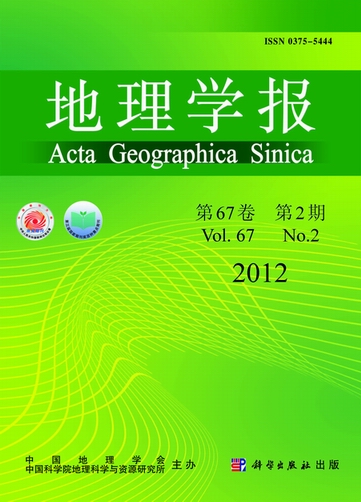ZHANG Jie, LU Shaojing, JIANG Zhijie, LI Qian, LIANG Li, LI Na, HUANG Zhengming
Combining the human/natural landscapes with the element of Chinese calligraphy which is characterized by the handwriting of Chinese characters, Chinese calligraphic landscape is an essential part of cultural landscapes. And it is worthy to be taken into consideration when exploring the factors causing the spatial differentiation of places and landscapes. The calligraphic landscape is defined as a portion of geographical space with certain visual characteristics and special sense of place resulted from the layout of assembles of calligraphic works/analogous calligraphic works with a certain scale or visual performance. The basic characteristics of the calligraphic landscape can be explored by the investigation of the perceptual dimensions of the calligraphic landscape. By the open-ended questionnaires, undergraduate students, excluding those who major in calligraphy, from Nanjing University and Nanjing University of Finance, were investigated in April and May in 2004. A total of 496 valid questionnaires were collected finally. After context encoding and weight processing, this article reveals the public perceptual characteristics of Chinese calligraphic landscape. Six perceptual dimensions are concluded as i) perceptual time, ii) geographic environment, iii) calligraphic idiosyncrasy, iv) the calligraphy carrier form, v) value and vi) individual psychology, among which calligraphic idiosyncrasy and geographic environment are the most important factors influencing the perceptual process of calligraphic landscapes. Then this article describes different types and their perceptual characteristics of the settings of calligraphic landscapes. According to the statistical results of perceptual frequency, the settings investigated are divided as three levels as i) the scenic spots thought to be the representative of calligraphic landscape by the public, ii) the place related with the public's normal life where calligraphic landscapes can be perceived more easily if related with exhibition/economy/daily life/culture, and iii) the news media and squares where calligraphic landscapes are believed impossible to present. The result of eye movement analysis indicates the importance of calligraphic landscapes as landmarks during tourists' perception of a scenic spot. On tourism scenic spots, compared with the calligraphic landscapes in the garden, the lake and seaside, those in the mountains, the palace and the temples are more impressive for the public. This research has contributed to the empirical study of Chinese cultural landscape with a valid method.
